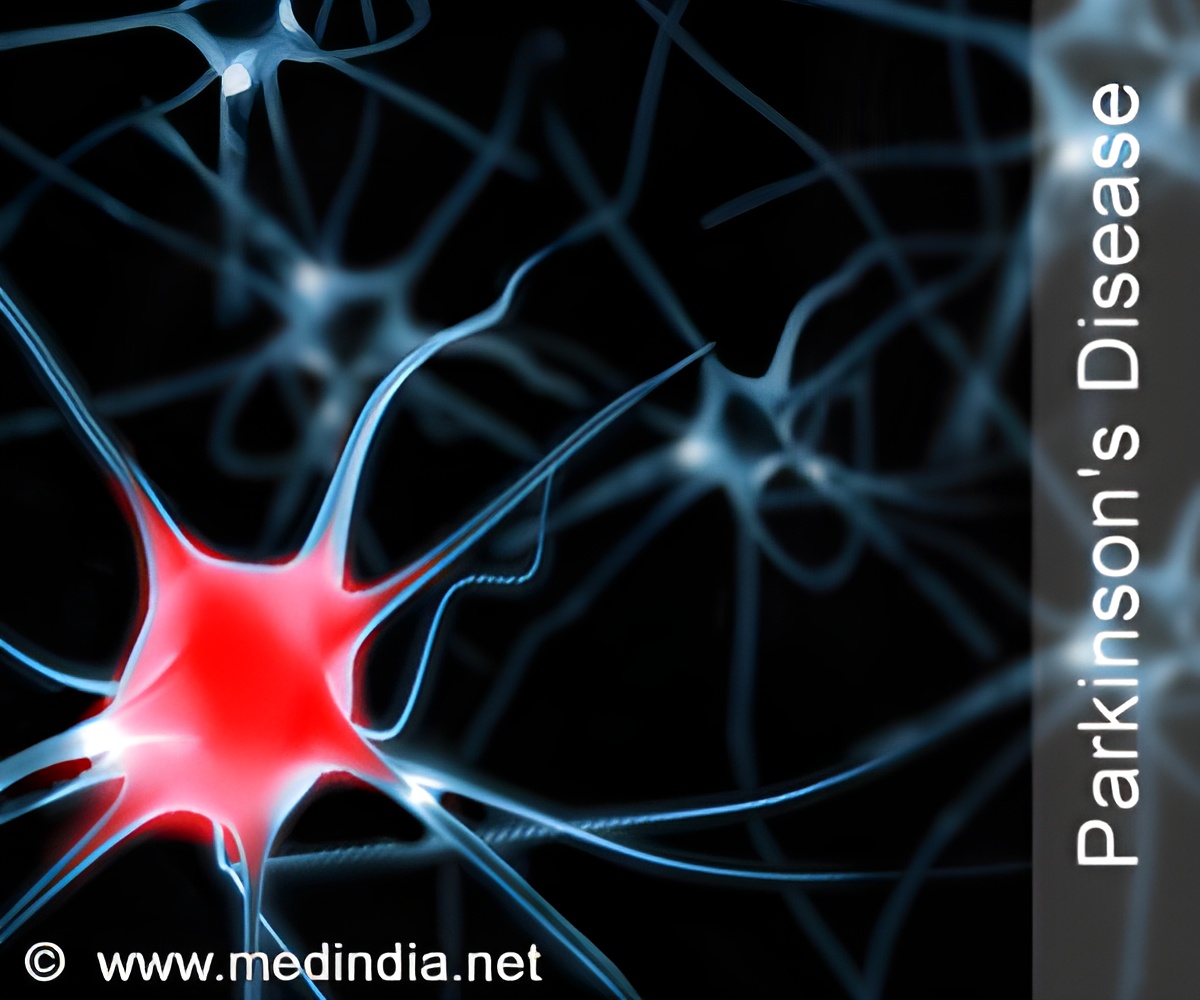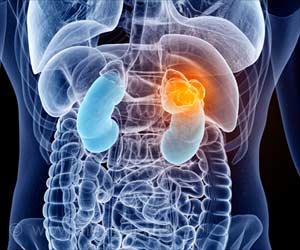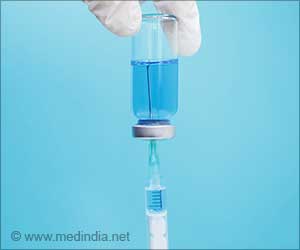Potential new treatments for Parkinson’s disease have been developed by researchers at Rush University Medical Center, which have shown success in slowing progression of the disease in mice.

‘Novel nasal drugs were found to slow inflammation in the brain and stop the spread of alpha-synuclein in mice with Parkinson’s disease.’
Read More..




“Currently, there are no treatments that slow the progression of Parkinson’s disease — they only treat the symptoms,” says Kalipada Pahan, PhD, the Floyd A. Davis Professor of Neurology at Rush University Medical Center and a research career scientist at the Jesse Brown VA Medical Center, who led the study.Read More..
Lewy bodies are linked with the development of Lewy body dementia and a rare neurological disorder called multiple system atrophy (MSA).
“At present, there is also no effective treatment for dementia with Lewy bodies and multiple system atrophy,” Pahan says. “Understanding how these diseases work is important to developing effective drugs that inhibit alpha-synuclein pathology, protect the brain, and stop the progression of Lewy body diseases.”
The lab-developed peptides tested in the study are known as TLR2-interacting domain of Myd88 (TIDM) and NEMO-binding domain (NBD). The drugs, delivered through the nose, were found to slow inflammation in the brain and stop the spread of alpha-synuclein in mice with Parkinson’s disease. The treatments also improved the mice’s gait, balance, and other motor functions.
“If these results can be replicated in patients, it would be a remarkable advance in the treatment of devastating neurological disorders,” Pahan says.
Advertisement
Advertisement







